VAN ESPINOZA | THE IMAGE MAKER. Inspired by the alternative scenes from Latin America, Queer illustrator defies traditional Latinx values.
WITH HIS FAMILY hailing from Guayaquil, Ecuador, illustrator Van Espinoza, 20, was born in Chicago. He identifies as Hispanic and Latino and also uses the term “sudamericano,” —South American. He has been working with digital art but says he is looking for a way to get back to his roots, dabbling in bleach painting and other more natural media. His focus is Queer Latinx topics; he says he is pushing herself to mix media in order to better illustrate those ideas. Currently, Espinoza is studying illustration at Columbia College Chicago. Last March, he won third place for a submission to the Propaganda Posters for the Modern Day, an exhibition of original artwork by Columbia College students.
What inspired you to become an artist?
Quite honestly, [it] was the monetary gratification that came with making art. I was a pretty quiet kid and being good at drawing was a way for me to connect with the people around me. Seeing people enjoy my art let me know I was on the right path.
When did you realize you wanted to be an artist?
I realized I wanted to be a ‘professional’ artist when my uncle passed away in 2015. He was an artist too, specifically an architect, and used to make me coloring sheets with the building plans he made. Before his death I had the idea of pursuing art bouncing around in my head, and after he was gone it really solidified things for me.
What medium do you mainly work in and why?
I used to work a lot with pencil but in early high school started experimenting with digital. Now Procreate is the main program I use.
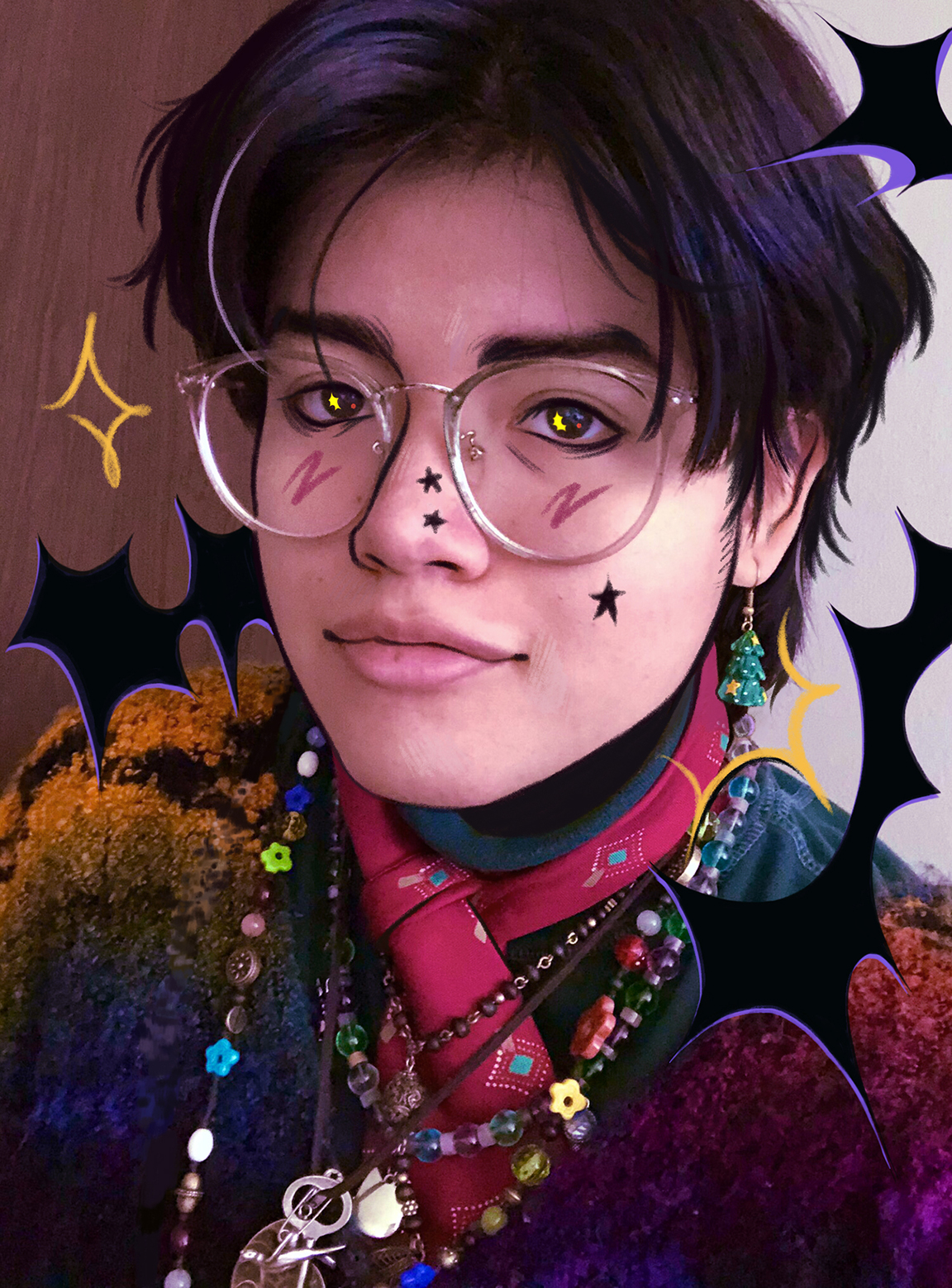
How do you describe yourself and your culture?
It’s hard to pinpoint Ecuadorian culture as a whole. The country, while small, has different people from different regions and a variety of influences within it. I’d say most of Ecuador, including my family, despite being from the coast of Guayaquil, share a lot of the beliefs and myths passed on by indigenous folks. Something that really unites the country, like in most Latin countries, is the belief in a united family. If there’s anything that ties people back to Ecuador, it’s the sense of community each of its people has.
How has your identity as a Latinx influenced your art? How does your cultural background inspire your work?
Entering my 20s I’m just beginning to find my identity as a Latino artist. Being queer and trans AND a ‘modern’ artist has never had a place in Guayaquil, this has made it incredibly hard to take pride and see myself in my country. It’s fairly recent that I’ve seen my people rise up in Ecuador. Their first ever Trans March had only been 1-2 years back, consisting of about 20 people. This small community is what influences my work the most.
What’s your inspiration or motivation?
My biggest inspirations at the moment are the alternative scenes in Latin America. I think there’s too much focus on the western side of rock and punk. I’ve just recently started to discover a whole world I can identify with in Latin America. What drives me to make more art is the need to defy what I originally thought it meant to be Ecuadorian — catholic, cis, straight and conservative.
What is it like being a Latinx artist in Chicago, and how has it shaped you as an individual?
Chicago brings a lot of opportunities for Latinx artists. There are a lot of different cultural influences in the city and a lot of shows/events relating to them. But even with this there’s a lack of representing the whole Hispanic community. Being an artist in Chicago has shaped me into realizing Ecuador is much smaller than I thought. This dawns on me when even other Latinx people don’t know where my country is on a map.
“The art world is missing more queer Latin/Black alternative art. I’m so sick and tired of seeing white people dominate the scene.”
How do you make your art accessible to an audience?
My art was initially accessible because I posted it online. I started my art account back in 2019 and have slowly built a very small audience of people who enjoy it. Recently I’ve also started printing my art, and soon it’ll be circulating around even more than it already was.
What is missing from the art world and what does your art provide? How does it fill that space or gap?
The art world is missing more queer Latin/black alternative art. I’m so sick and tired of seeing white people dominate the scene. I want to see even more Latin zines and LGBT art pieces rise up.
With me starting to build my identity as a Latin artist I’ve started to fight back against a lot of aspects of my culture. A big one I’ve come to really enjoy is Evangelical Christian myths. I’ve been depicting Jesus as a Latinx trans person and reintroducing popular characters like Mary Magdalene, Peter and Lucifer as queer Hispanic people. When others, mostly white, think of a cultural art piece they have a very basic idea in their head. I want my art to go further than that, whether it be my ‘religious’ art motifs now or my art in the future. I want to be the first of many to fill the gaps in the Hispanic community by exclusively making Latin queer art.
What are the challenges that you face?
My biggest challenge is keeping all my ideas and art pieces under wraps when confronted with family. It’s almost funny because [recently] I talked to my uncle in Chile about how much I love Los Prisioneros and the first thing out of his mouth was ‘what? Are you a communist?’ So, you can already guess my family is still very rooted to Ecuador’s values, and they would hate my depictions of Jesus.
It’s a bummer to be recognized by teachers and peers in school and having success online but when it comes to sharing it with someone as simple as my mom, I can’t.
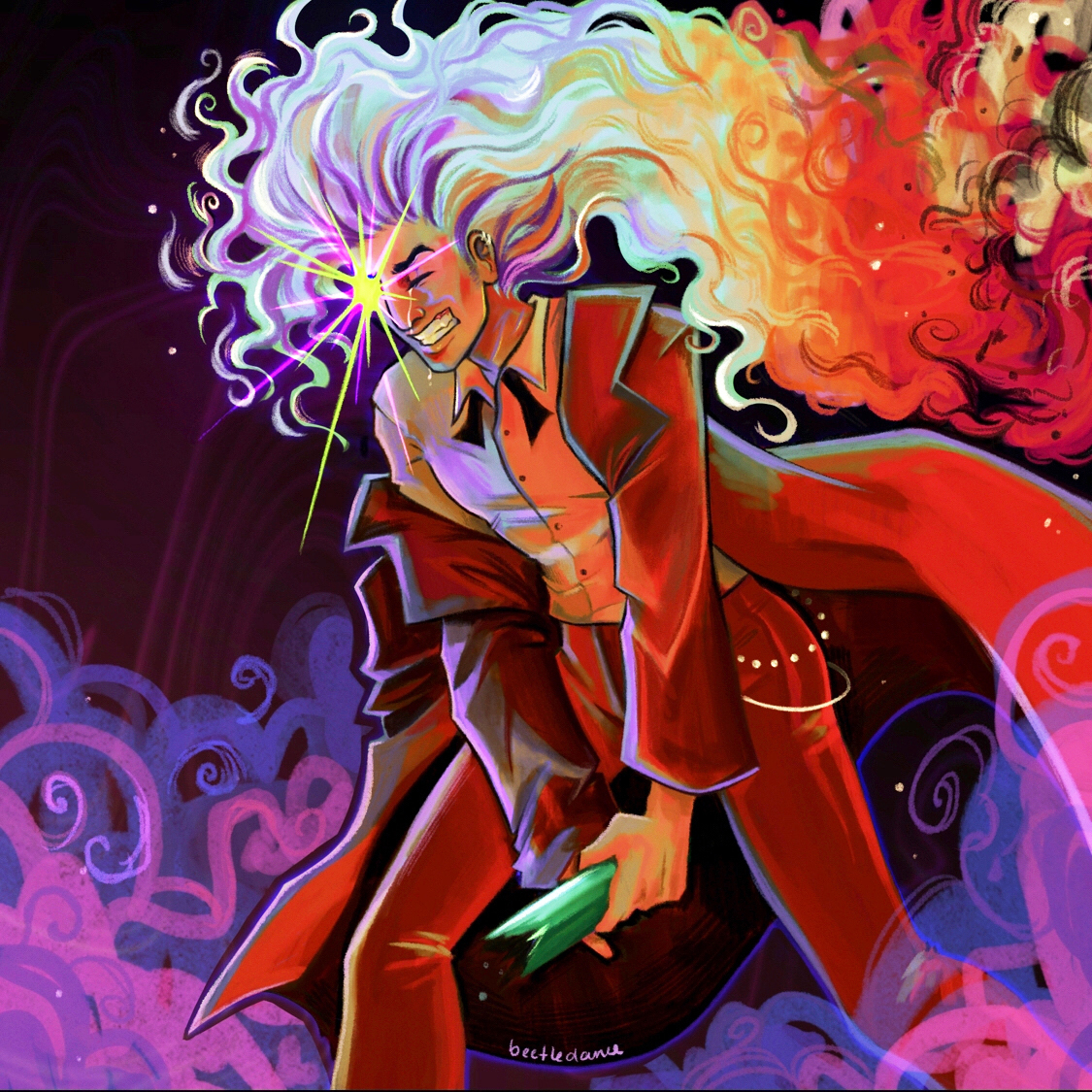
What do you think of the term Latinx to identify people of Latin American or Spanish background?
I don’t mind the terms Latinx or Latine, I think using it to describe Latin America as a whole it’s convenient and inclusive. Plus, if it helps Hispanic non-binary people then that’s all good to me.
Who is your target audience? How do you want it to be received?
My target audience will always be and always has been queer Latinx people. I want them to relate and feel liberated by my art. I know a lot of Latinx people have gone through some trauma relating to their experience here in the US or within the religion they grew up in and that’s what I want my art to become about.
How do you build your platform as an artist? Do you use social media?
I build my platform as an artist by interacting with other artists in person and/or online. I used to be way more active on social media but I’ve been really slacking. I’m slowly becoming better about posting!

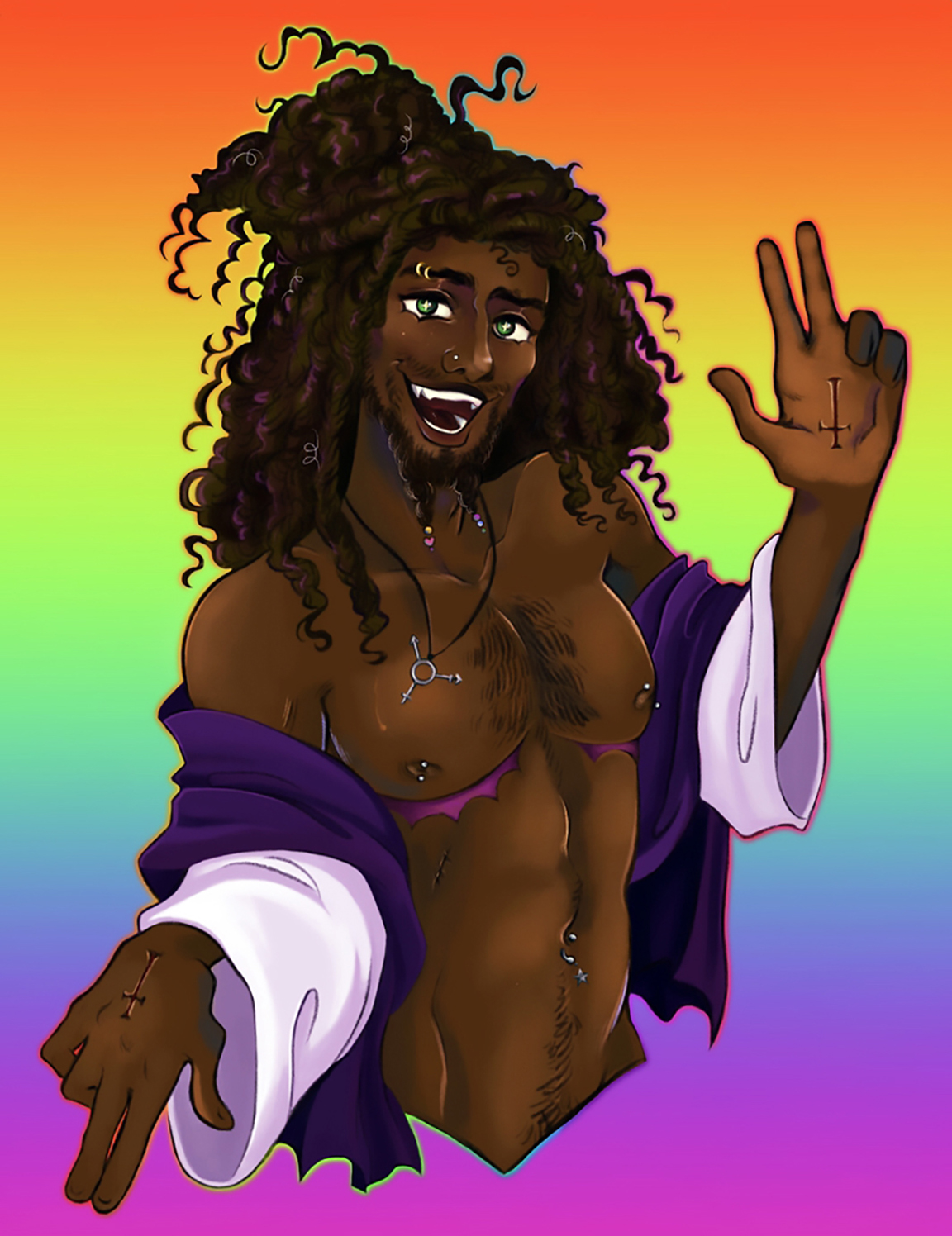

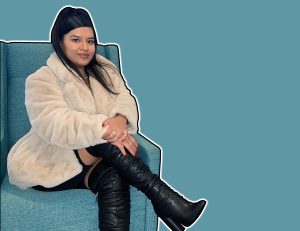
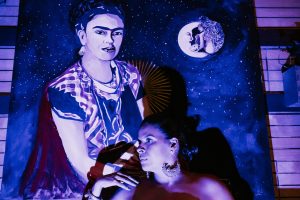
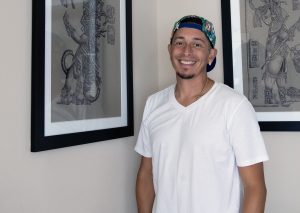
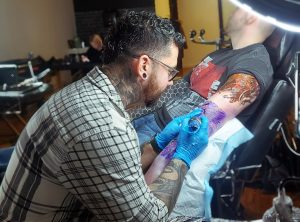
Be First to Comment